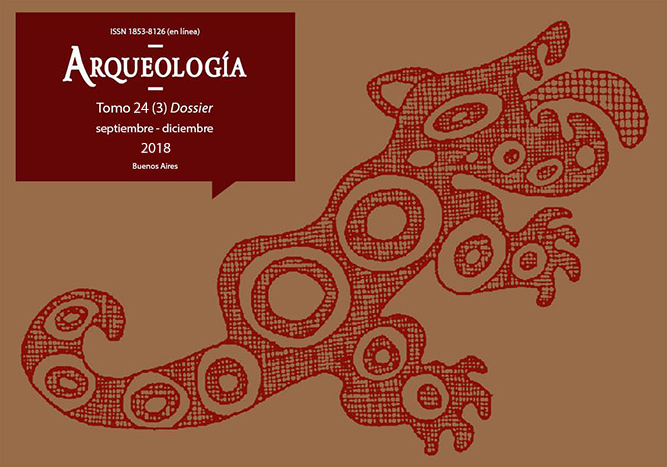Construction, transformation, and reproduction of peasant landscapes: a multi-scale contribution
Keywords:
Landscape, Social practices, Geographic Information Systems, Peasants
Abstract
The use of Geographical Information Systems (GIS) and other analytical tools for the study of landscapes has been on the increase over the last years. GIS allows us to characterize the different ways by which human populations related to the environment and the characteristics therein. Concomitantly, there are certain social practices, such as herding and agriculture, which tend to determine the use of the space by human populations, relegating other social practices that also constitute long-term relations between people and landscapes, which are also important for daily social reproduction. In this article, we reflect and assess the means by which we can visualize, study and question the other multiple social practices that existed in these societies such as hunting, hardwood and lithic raw material procurement, and its interaction with the environment and the relationships thus established. In doing so, we present our research from the Antofalla Valley (Department of Antofagasta de la Sierra, Catamarca). Here we visualize these multiple practices, their historical depth, and assess the multiple scales of analysis needed for their study.Downloads
Download data is not yet available.
How to Cite
Moreno, E. (1). Construction, transformation, and reproduction of peasant landscapes: a multi-scale contribution. Arqueología, 24(3), 79-100. https://doi.org/10.34096/arqueologia.t24.n3.5382
Section
Articles
Authors who publish in this journal agree to the following conditions:
- Authors retain copyright and yield to the journal right of first publication with the work registered with attribution license Creative Commons, which allows third parties to use the published always mentioning the authorship of the work and first publication in this magazine.
- Authors can make other independent and additional contractual arrangements for the non-exclusive distribution of the version of the article published in this issue (p. Eg., Inclusion in an institutional repository or publish it in a book), provided that clearly indicate that the work was published for the first time in this magazine.
- It allows and encourages the author / s to publish their work online (eg institutional or personal pages) before and during the process of revision and publication, as it can lead to productive exchanges and greater and more rapid dissemination of work published (See The Effect of Open Access).





(1)13.png)






1.jpg)
1.jpg)


13.png)
1.png)


(1)1.png)









